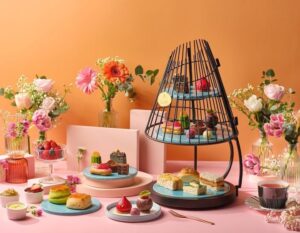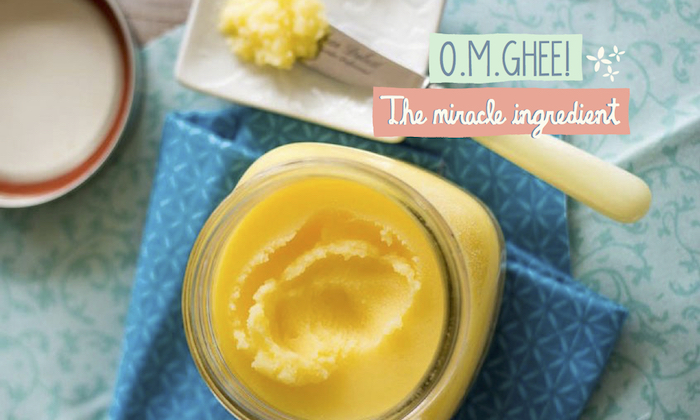

If you want to try your hand at Indian cooking, you’ve got to give ghee a look, mama!
Ghee, the favoured cooking medium for Indian cooking, is essentially clarified butter. Clarifying butter is a simple process of cooking butter until the milk solids disappear and you are left with a clear liquid. While fairly to easy to make at home (although many folks don’t like the intense smell of butter being cooked down), ghee is, luckily enough for the rest of us, easily available in most specialty and/or organic grocers. I’ve also seen it on Fairprice’s website.
You can buy organic ghee, which is great or you could opt for the mother of all Ghee brands, Amul. Amul is India’s largest dairy producer and the brand of ghee and butter that most Indians have grown up on. Big and small tins of Amul ghee (as well as many other brands) are easily available here in Singapore at Mustafa or most grocers in Little India.
I’ve said it before and I’ll say it again, Ghee is a gift from God. Why, you ask? Here are 5 reasons:
- Ghee is pure and non-toxic. It stands up to high temperatures, which other oils, such as olive oil, do not. In fact, most oils when subjected to high heat, release chemicals that are potentially toxic to the body. And so, if you’re cooking Indian food, which mostly calls for medium to high temperature cooking, stick to heat-stable ghee or coconut oil. Ghee is in fact considered to be so pure that it is used in Hindu religious ceremonies — not just for the food and sweets cooked for the consuming after prayers, but during the actual rituals as well. Moral of the story: If it’s good enough for the Gods, it’s good for you!
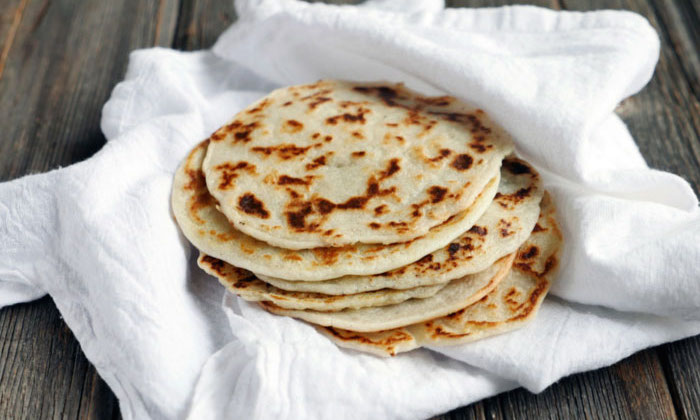

- Ghee is mild tasting. This cooking medium doesn’t hugely impact or overpower the taste or flavour of a dish like many other oils do. Unlike coconut oil and other oils, ghee doesn’t have a super strong smell or flavour, which could overpower a dish. Raw ghee does have a strong smell but when cooked it mellows out and leaves behind a mild buttery flavour that actually works really well with most Indian spices and flavours. A dollop of ghee on a paratha or hot roti (Indian bread) is akin to the finest French butter smeared on a gorgeous bread roll.
- Ghee doesn’t spoil. Many of my cooking class students ask me how best to store ghee and I always tell them that ghee never goes bad so you could just about do as you please with it- leave it out as long as you want (as long as its covered with a tight lid) and even in hot, humid Singapore nothing will happen to it. Crazy right? In fact, ghee’s medicinal properties are enhanced with age. If you’re going to be away on holiday or not use ghee for a while then you can choose to refrigerate it but keep in mind that it will harden.
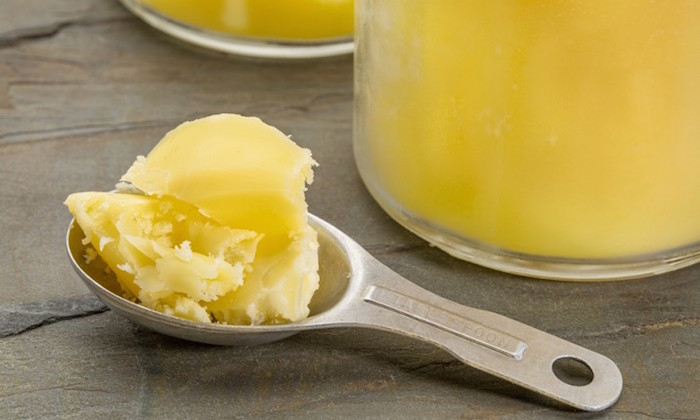

- Ayurveda hails ghee as the ultimate healer. In this ancient form of Indian medicine, ghee is consumed daily to lubricate the tissues and organs within the body (keeping everything moving in there!). It’s also a wonderful base for herbal ointments, serves as an energy booster, has immunity-boosting properties, and works as a powerful digestive and gut-healer.
- It’s lactose-free! In the process of making ghee, the milk solids are cooked off and therefore ghee is dairy free. Isn’t that just brilliant?
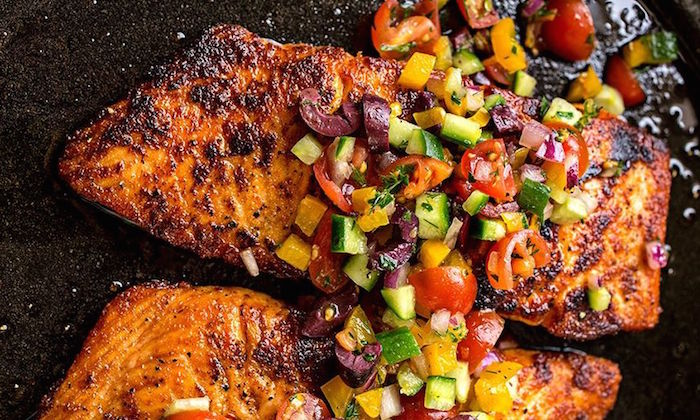

I Ghee all the time!
For all the reasons above, I use ghee just about all the time. I make scrambled eggs for my 3-year-old in ghee, I sear salmon in ghee, I add it to Basmati rice (toss some whole spices such as cinnamon, cumin seeds and a cardamom pod in a dollop of ghee that has been heated in a stock pot, stir for a minute or two then add the soaked rice and water), I temper my lentils with ghee and I even treat my dry skin with it! Yes, I’m obsessed with ghee and I’m glad ghee is making a major comeback in the nutrition and culinary world.
But remember: a little goes a long way! Ghee is, after all, pure fat and therefore it’s important that we use it judiciously. The good news is that ghee is so pure and potent, you don’t really need to use more than a dollop here and there… and maybe a teaspoon when cooking a curry, daal or veggie dish.
I’m happy to share with you the Daal recipe from my book Cooking with Indian Spicebox. Daal is essentially lentil soup, but boiled lentils don’t taste that great until and unless you temper the daal with ghee and spices – which literally makes the lentils sing with joy and create the ultimate yummy, comforting daal. Daal is the perfect example of a dish that MUST include ghee.
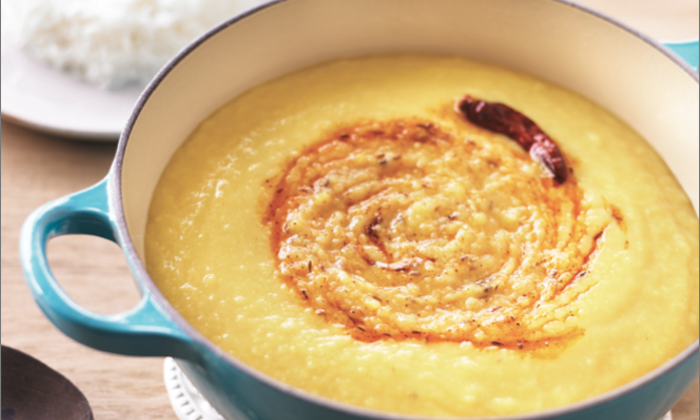

Everyday Daal
Serves 4
1 cup (200 g) lentils (any kind)
4–6 cups (1 to 1.5 litres) water
1 teaspoon salt
1⁄2 teaspoon turmeric
1 inch piece fresh ginger, peeled and roughly chopped
1 whole black cardamom pod (also known as badi elaichi), optional
1 green chilli, finely sliced or used whole
For the tadka:
1 tablespoon (15 ml) ghee (if you don’t have ghee, use any other oil that can withstand high heat)
1 teaspoon whole cumin seeds
1⁄2 teaspoon red chili powder
1. Fill a bowl with water to rinse the lentils, drain and repeat, or put the lentils in a large sieve and rinse thoroughly under running water.
2. Put the lentils, 4 cups of water, salt, turmeric, ginger, black cardamom, and green chilli into a pressure cooker, and cook for two whistles (or follow manufacturer’s recommendations for cooking lentils and other dried legumes). If you don’t have a pressure cooker, boil the above ingredients in 6 cups of water and stir occasionally for 25 minutes, or until the lentils are fully cooked (they should be very soft to the touch).
3. If using a pressure cooker, once you’ve heard two whistles, turn off the heat and let the cooker cool down for 10 minutes, or until you can remove the lid easily.
4. Continue simmering over low heat, stirring so that the lentils don’t stick to the bottom and burn. You may add a little water if the daal is too thick. Adjust the salt to taste. I like to mash my lentils a little with the back of a wooden spoon.
5. While the daal continues to simmer, prepare the tadka. In a small saucepan or frying pan, add the ghee and heat for 20 to 30 seconds on a high flame. Add the cumin seeds and chilli powder. Let the cumin seeds sizzle and brown for 5 to 10 seconds (you should be able to smell the cumin!), then turn off the heat. The seeds can burn quite quickly, so be sure to take the pan off the heat as soon as they start to brown.
6. Immediately add the tadka to the lentils . . . the daal will now sizzle and sing with joy! Bring the daal to a final boil, and then turn off the heat. Stir and enjoy with a bowl of steaming rice.
Want to know more? Join Namita at a future cooking class where she will show you how to cook with ghee!
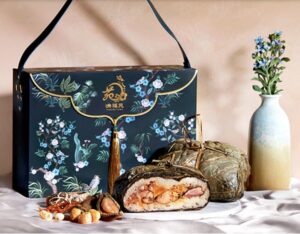
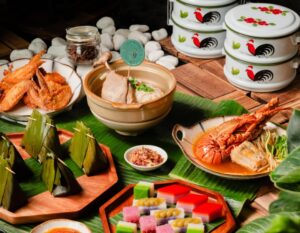




 View All
View All




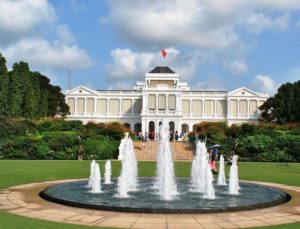
 View All
View All
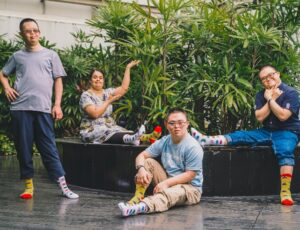






 View All
View All


